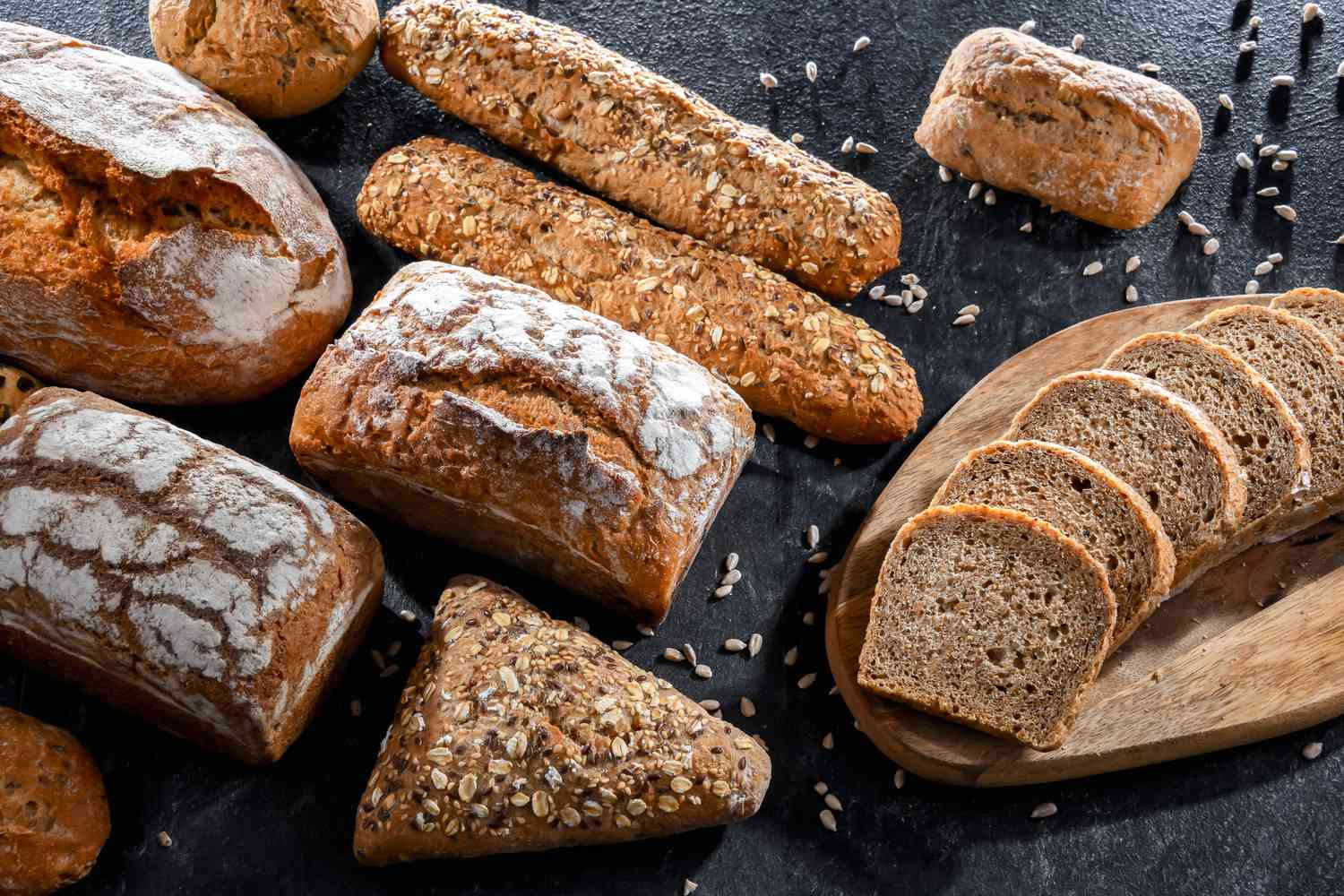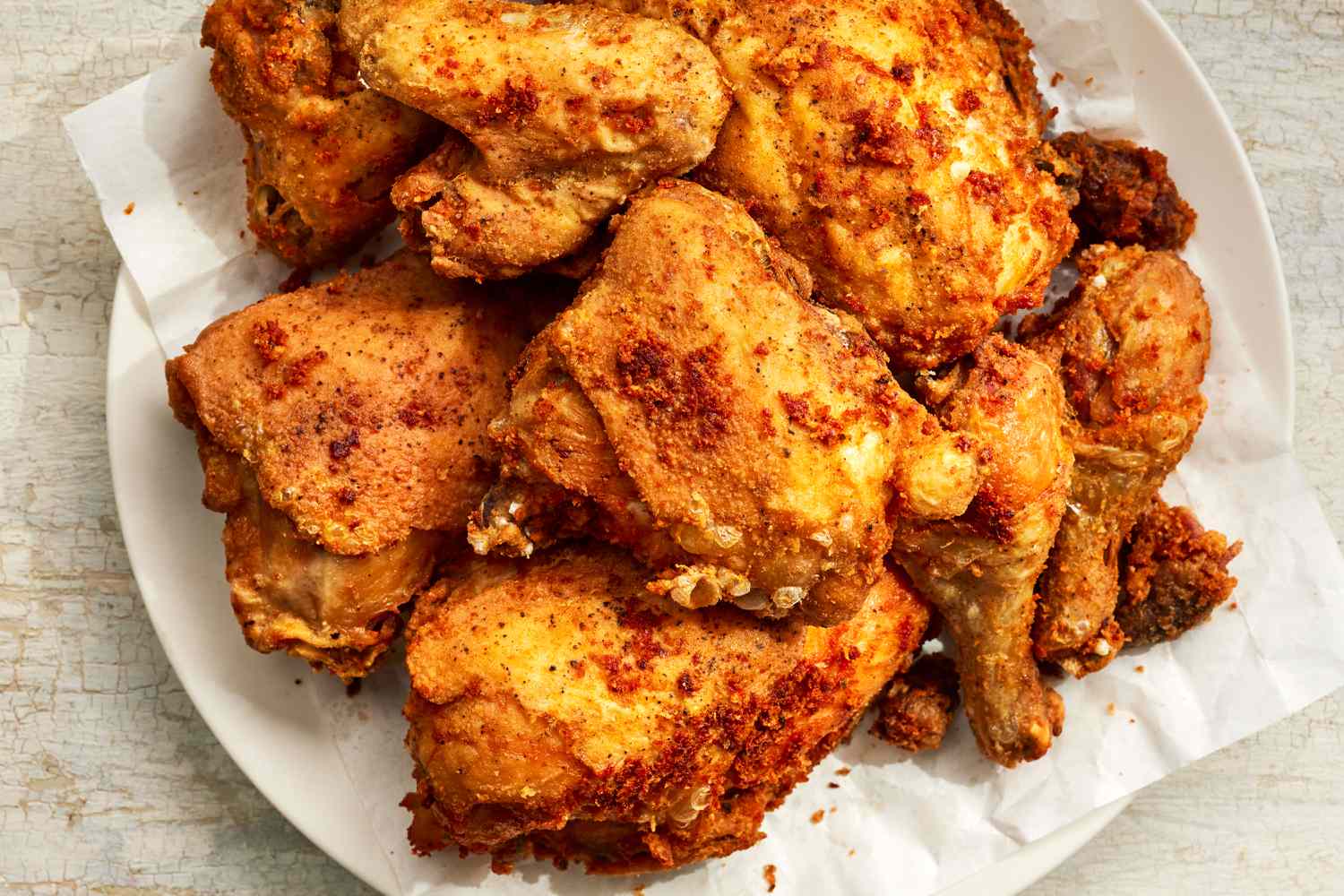
6 of the Best Breads to Eat, According to Nutritionists
Shopping for bread can be overwhelming. With so many options available, knowing what types to buy can be difficult, especially if nutrition is a priority. It doesn’t help that many store-bought packaged breads have extensive ingredient lists, which can be daunting to navigate. If you’ve ever found yourself pouring over the small print on a bread label, you need our guide to the best breads to eat. We asked nutrition experts what they would recommend people look for when shopping for healthier breads, including the benefits of each one.
- Kristine Dilley, RDN, CSOWM, LD, registered dietitian nutritionist at The Ohio State University Wexner Medical Center
- Nicole Roach, RD, CDN, CDCES, registered dietitian at Northwell Lenox Hill Hospital
- Susan Greeley, RDN, registered dietitian and instructor of plant-based culinary arts at the Institute of Culinary Education in New York City
100-Percent Whole Grain
One of the best breads to eat is 100-percent whole-grain bread. “Whole grains keep the entire grain intact, which retains more fiber, vitamins, minerals, and plant compounds,” explains Kristine Dilley, RDN, CSOWM, LD, registered dietitian nutritionist at The Ohio State University Wexner Medical Center. This is key because fiber helps lower blood cholesterol and slows down the absorption of carbs from the bread, leading to a more gradual rise in blood sugar, adds Dilley. Fiber also supports digestion and feeds beneficial gut bacteria, thereby improving gut health.
Not all breads labeled “whole grain” are equal. Some versions are processed or refined, meaning the fiber-rich parts of the grain have been removed. If you’d like to get the full nutritional benefits from all parts of the grain, it’s best to choose 100-percent whole grain bread, says Nicole Roach, RD, CDN, CDCES, registered dietitian at Northwell Lenox Hill Hospital.
Multigrain
Whereas 100 percent whole grain bread is made of whole grains, multigrain contains different types of grains—some of which may be refined, not whole, according to Roach. Additionally, as Susan Greeley, RDN, registered dietitian and instructor of plant-based culinary arts at the Institute of Culinary Education in New York City, explains: “A variety of whole grains can be used in multigrain bread, including oats, millet, amaranth, barley, rye, spelt, quinoa, corn, buckwheat, einkorn, and whole wheat. They may also contain seeds such as pumpkin, flax, chia, and sunflower.”
In general, these ingredients are a good source of fiber and complex carbohydrates, some protein, and trace amounts of (healthy) fat. They also provide essential vitamins and minerals, including B vitamins and chromium, says Greeley.
Sprouted Grain
“Sprouted bread is whole grain bread that has been left to sprout or germinate,” explains Roach. This is done by soaking the whole grains in water and letting them sprout. The process “releases enzymes that break down protein and carbohydrates, making them more easily digestible,” explains Greeley. As a result, sprouted bread has more macro- and micronutrients available for absorption vs. traditional unsprouted whole grain bread she says.
Sourdough
Sourdough bread is made by naturally fermenting flour and water, a mixture known as a sourdough
starter. This process involves lactic acid bacteria, which has a probiotic process—though most of the bacteria is killed during baking, says Dilley. However, “the baked bread does contain fiber, which can help gut health by feeding the good bacteria in our gut,” shares Dilley. Sourdough bread is also high in B vitamins (which support the nervous and immune systems) and essential minerals, including magnesium, iron, and zinc, she adds.
As a rule of thumb, opt for breads with shorter ingredient lists with whole, identifiable ingredients.
Oat Bread
Oat bread is a type of whole wheat bread that includes rolled oats and, in some cases, oat flour, says Greeley. It’s made with a combination of wheat flour and oats or oat flour because it still needs the gluten from the wheat to rise, she adds. The oats provide soluble fiber, which is important because soluble fiber can help manage blood sugar and cholesterol levels.
Flax Bread
“Flax bread is a type of bread that incorporates flax seeds, either whole or ground,” explains Roach. This provides a nutty flavor, along with fiber and omega-3 fatty acids (i.e., good fats), she adds. “Fiber promotes digestion, promotes satiety, [and] helps maintain blood glucose and cholesterol levels,” explains Roach. Meanwhile, “Omega-3 fatty acids decrease inflammation in the body, which can help reduce risk for cancer and heart disease,” says Roach. Furthermore, flax bread is high in antioxidant plant compounds called polyphenols, according to Dilley.










